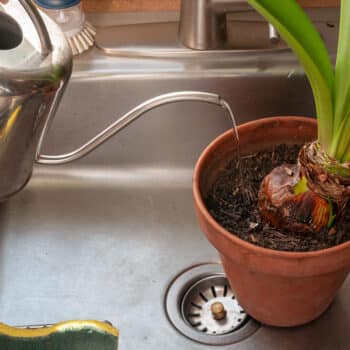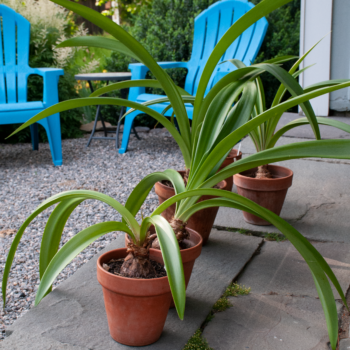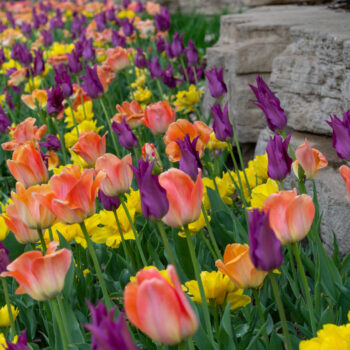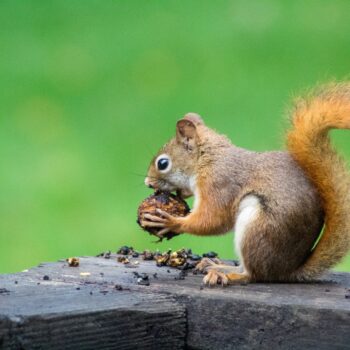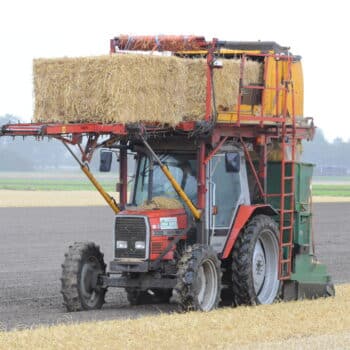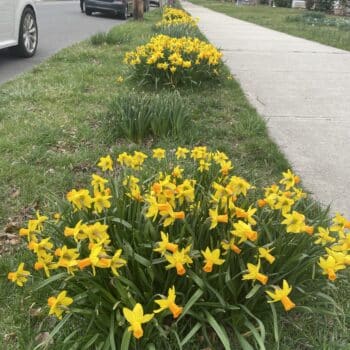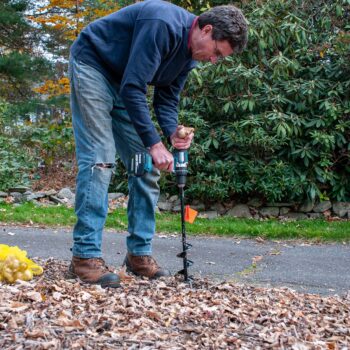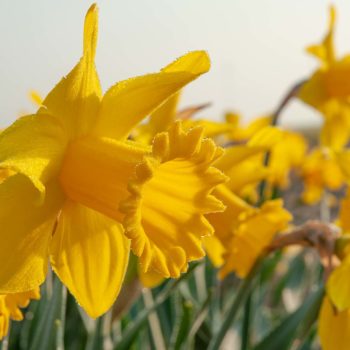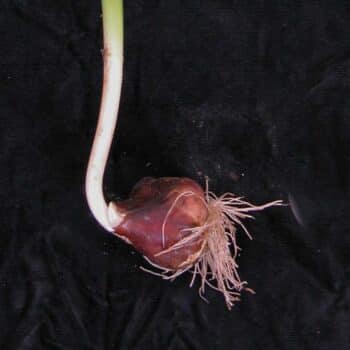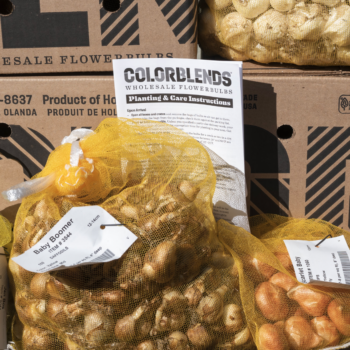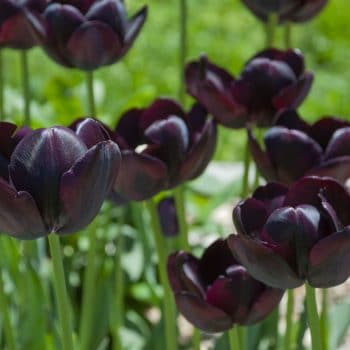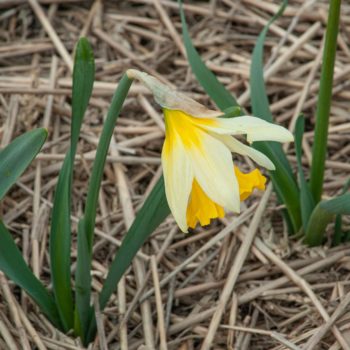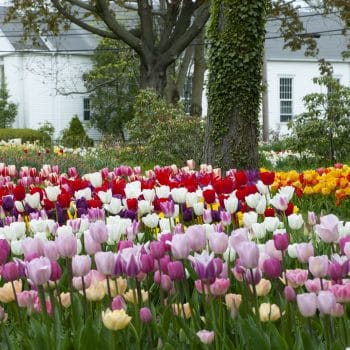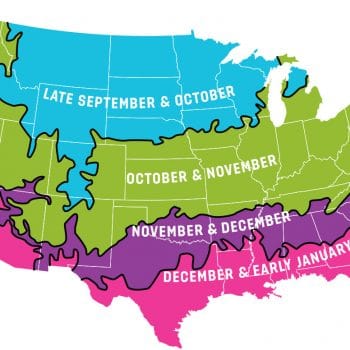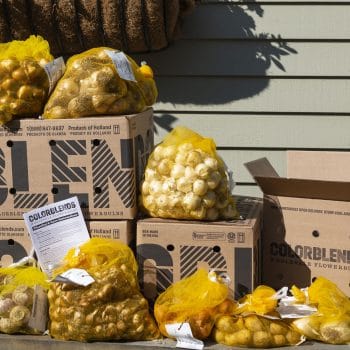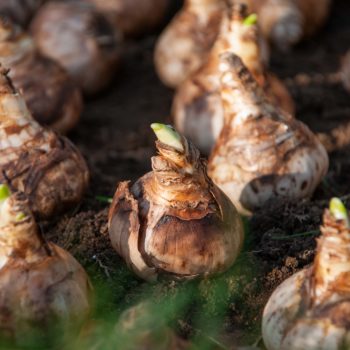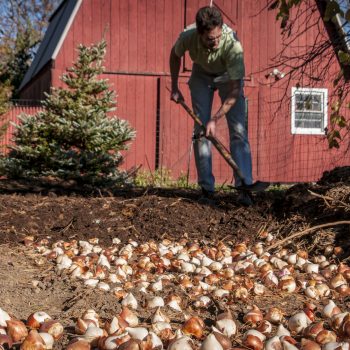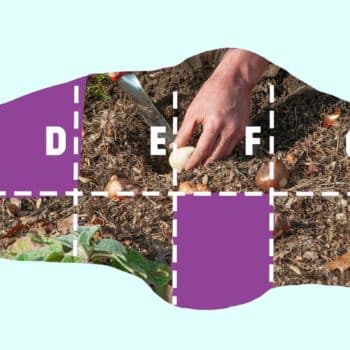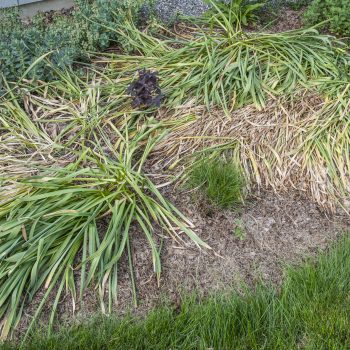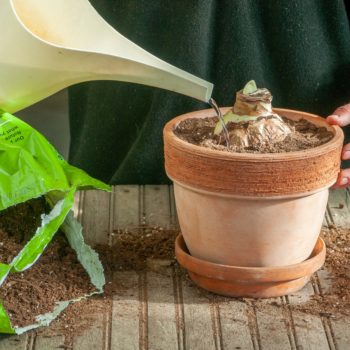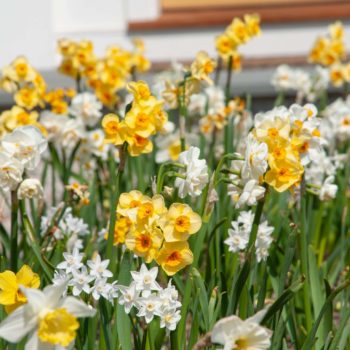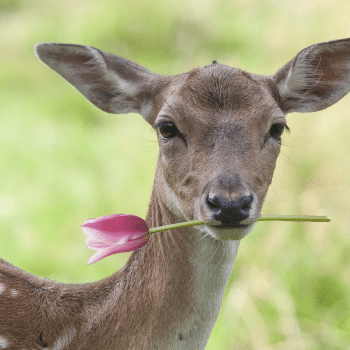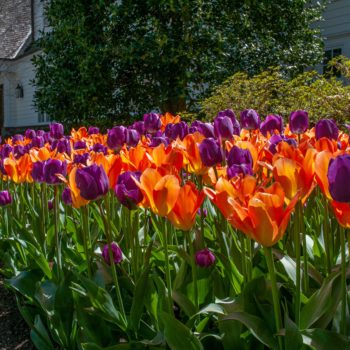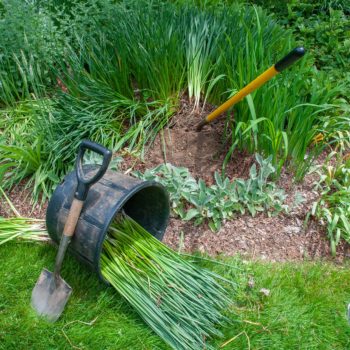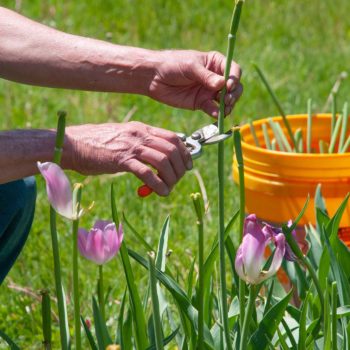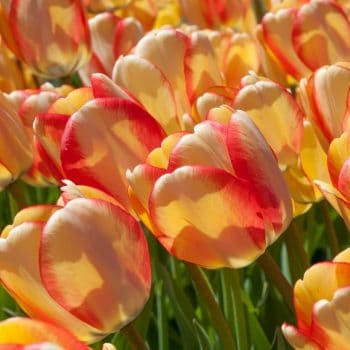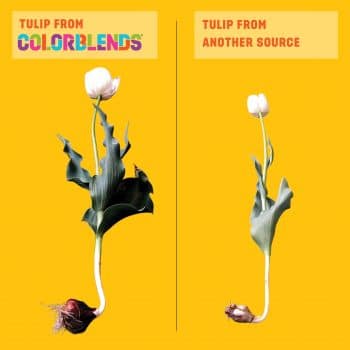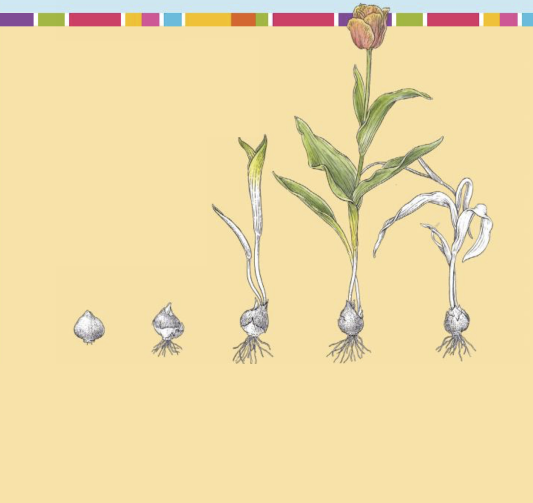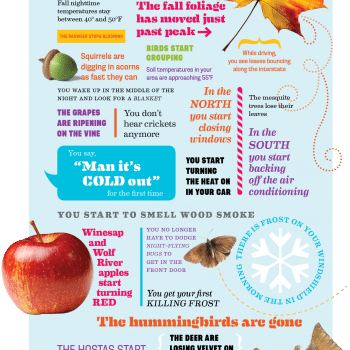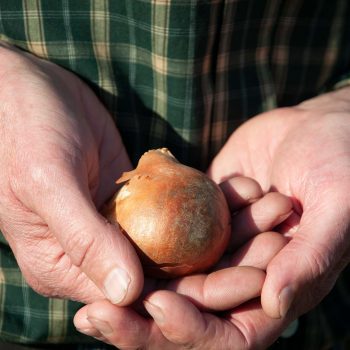Learn
Filter by Topic
Filter by Topic
How to Prechill Spring-Flowering Bulbs
To perform well in warm climates, some spring-flowering bulbs should be prechilled in a refrigerator before planting.
Read MoreCaring for a Potted Amaryllis
Caring for a potted amaryllis is easy. To bring a bulb into bloom, all you need to provide is light and water.
Read MoreGetting an Amaryllis to Flower Again
Many people discard amaryllis bulbs after they bloom, but it is possible to get a bulb to flower again the following winter.
Read MoreHow to Plant 100 Bulbs in 30 Minutes
You don’t have to dig an individual hole for every flower you want to plant. Here's a technique for planting 100 bulbs in just 30 minutes.
Read MoreHow to Protect Tulip Bulbs from Squirrels
If there are squirrels in your area, it’s best to take precautions to protect your tulip and crocus bulbs after planting.
Read MoreThe Bulb Grower's Year
For the growers in the Netherlands, the work is year-round. Follow along a grower's year.
Read MoreHow to Plant in a Street Lawn
A planting idea for you or your landscape professional is to add bulbs into your street lawn.
Read More3 Techniques for Bulb Planting
There are three main ways to plant bulbs: Poke, drill, or trench. Here's how to determine the best approach for you.
Read MoreThe Myth of the King Alfred Daffodil
Many daffodil enthusiasts might be surprised to learn that fewer than 500 true King Alfred bulbs are commercially produced each year.
Read MoreWinter – An Important Time for a Flowerbulb
Winter cold is essential to the life cycle of bulbs.
Read MorePlanting and Care Instructions
A paper copy of the Colorblends Planting & Care Instructions is enclosed with every order.
Read MoreOff With Their Heads!
In Holland, when tulips start to bloom in the fields, Dutch bulb growers do their best to cut off the flowers as quickly as possible.
Read MoreDancing Daffodils
Daffodils use their lenticular stems and petals that fold into a cylinder to withstand strong winds.
Read MoreNew to Bulbs
Bulbs are plants, with a difference. Here you will find a brief introduction to bulbs and how to plant and care for them.
Read MoreReceiving Your Bulbs in the Fall
Keep your newly arrived bulbs cool and dry, and get them into the ground as soon as possible.
Read MoreChoosing a Planting Site
Success with bulbs depends first and foremost on sunshine and soil that drains well.
Read MoreHow Many Bulbs Do I Need?
Here you will find formulas for calculating the square footage of a planting area.
Read MoreCare After Bloom
Remove the spent flowers if you wish, but be sure to let the foliage die back naturally if you want flowers again the following spring.
Read MoreHow to Pot an Amaryllis Bulb
If you are used to planting outdoors, you may be out of practice potting. Don't worry - we have you covered.
Read MoreRecommendations for the South
Many spring-flowering bulbs struggle in warm southern climates. Some do fine despite the lack of prolonged winter cold. Others do reasonably well if prechilled before planting.
Read MorePrechilling: For Warm Southern Climates
For bulbs that are to be planted in mild-winter climates, it is possible to supplement winter cold by placing the bulbs in a refrigerator for 6–12 weeks before planting.
Read MoreWhere Do Tulips Come From?
Most people associate tulips with Holland, but they didn’t originate there.
Read MoreGot Deer? Plant Deer-Resistant Bulbs
Are deer a problem for you or your clients? Colorblends offers a complete list of deer-resistant bulbs.
Read MoreTulips in the Landscape
Tulips are among the most iconic of flowers. Everyone recognizes the classic goblet shape. Artists and graphic designers make liberal use of it—abstract, literal and romanticized in drawings, paintings, wallpaper patterns and advertisements.
Read MoreMoving and Dividing Daffodils
The ideal time to move or divide daffodils is when the foliage has collapsed and has turned mostly but not completely brown. For most daffodils, this time comes in late spring or early summer.
Read MoreGetting the Most from Perennial Tulips
To encourage perennial tulips to bloom again in future years, we recommend that you do the following...
Read MorePerennial Tulips
You buy tulip bulbs, plant them in the fall and enjoy a great display in the spring. But the following spring, all you get is a smattering of flowers and maybe a bunch of leaves. What happened?
Read MoreA Spring-Flowering Bulb’s Growth Cycle
Spring-flowering bulbs have growth cycles that set them apart from most other plants.
Read MoreYou Know It's Fall Planting Time When...
How do you know it is time to plant bulbs? Here are some helpful hints.
Read More

